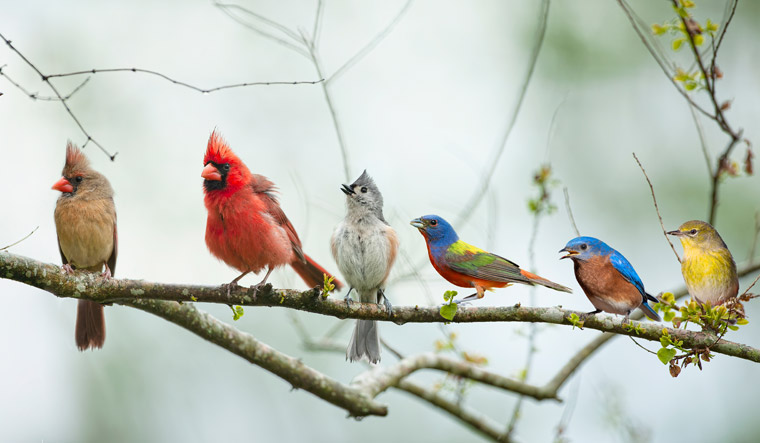Some animals have a magnetic "sixth" sense, such as sea turtles' ability to return to the beach where they were born. The question is one that has been unresolved despite 50 years of research.
"The search for a mechanism has been proposed as one of the last major frontiers in sensory biology and described as if we are 'searching for a needle in a hay stack,'" says Robert Fitak, an assistant professor in UCF's Department of Biology, part of University of Central Florida's College of Sciences.
Fitak and researchers in the United Kingdom and Israel recently authored an article in Philosophical Transactions of the Royal Society B that proposes a hypothesis that the magnetic sense comes from a symbiotic relationship with magnetotactic bacteria.
Magnetotactic bacteria are a special type of bacteria whose movement is influenced by magnetic fields, including the Earth's.
Animals that sense Earth's magnetic field include sea turtles, birds, fish and lobsters. Sea turtles, for example, can use the ability for navigation to return to the beach where they were born.
Learning how organisms interact with magnetic fields can improve humans' understanding of how to use Earth's magnetic fields for their own navigation purposes. It can also inform ecological research into the effects of human modifications of the magnetic environment, such as constructing power lines, on biodiversity. Research into the interaction of animals with magnetic fields can also aid the development of therapies that use magnetism for drug delivery.
In the article, the researchers review the arguments for and against the hypothesis, present evidence published in support that has arisen in the past few years, as well as offer new supportive evidence of their own.


